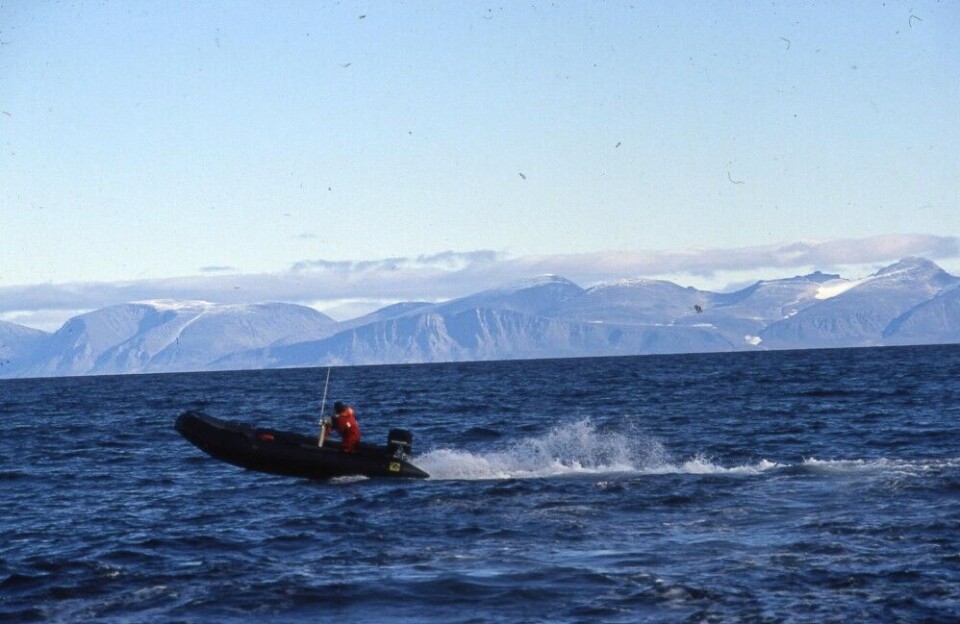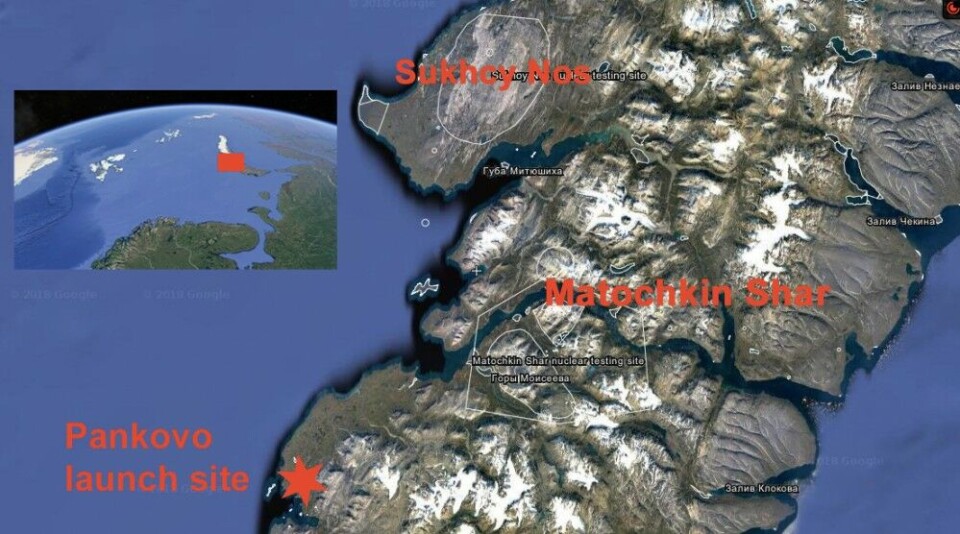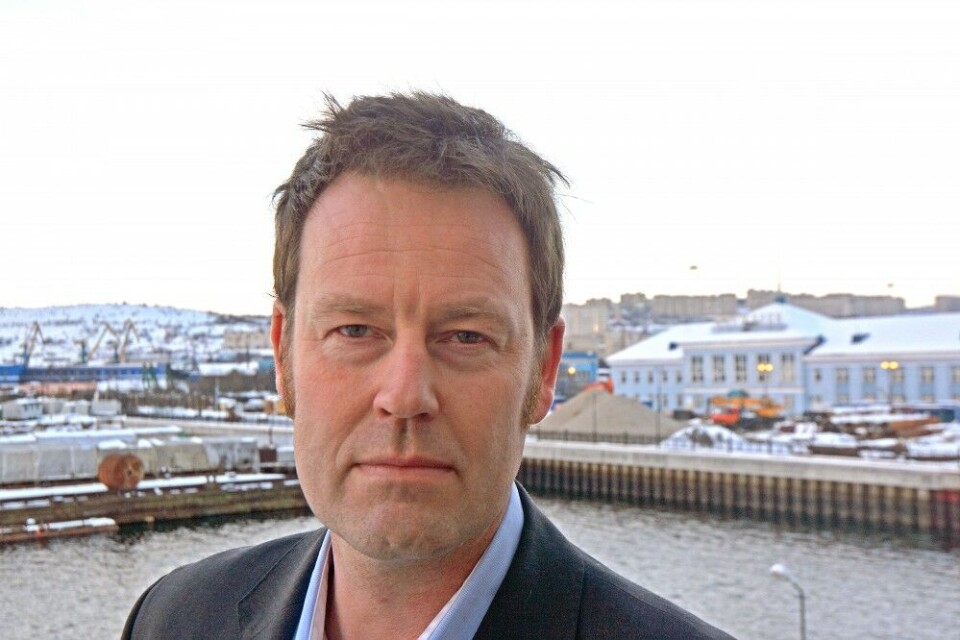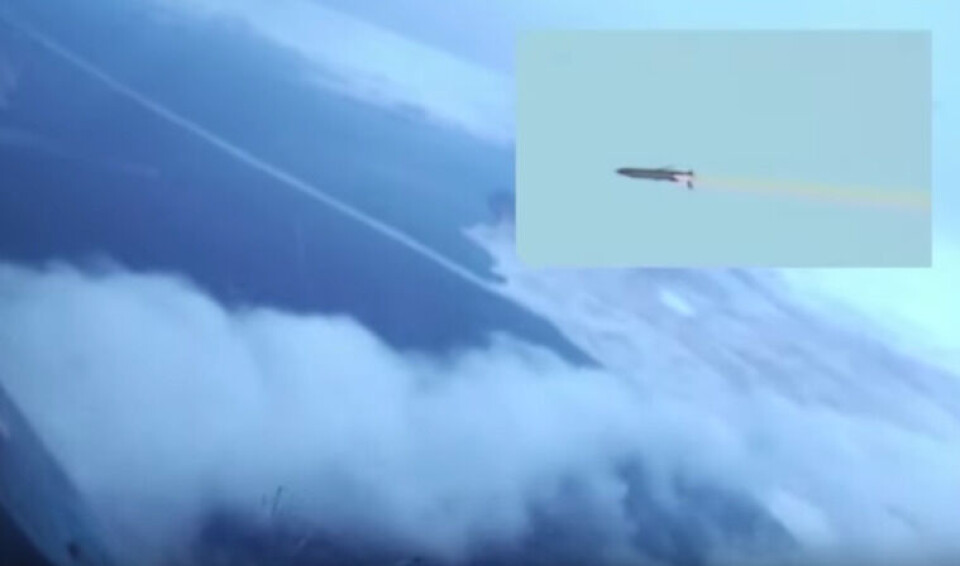
Nuclear-powered missile crashed in Barents Sea, intelligence report allegedly claims
While Vladimir Putin bragged about the invincible new missile in his annual speech to the nation, a U.S. intelligence report claims each of the four tests crashed.
It is CNBC that reports about one of the missiles being lost at sea after a test late last year. The news channel refers to sources with direct knowledge of a U.S. intelligence report about Russia’s nuclear-powered missile program.
A search and recover mission will try to lift the crashed missile from the seabed, but the CNBC report is unclear about if the location of the missile is known or not.
The recover mission will include three vessels, the report says. One of the ships carry equipment to handle radioactive material from the missile’s reactor core.
If the miliary know the exact location of the crash site, a recovery operation would not be too difficult. The Barents Sea is relatively shallow, with an average depth of 230 meters. Some areas near the shores of Novaya Zemlya are deeper with a depth of about 300 meters.
In March, the Barents Observer reported about the first speculations that Russia’s new nuclear-powered missiles could be the source of the mysterious radioactivity measured in the air over northern Europe, including Norway’s border area to Russia in the north. Tiny small amounts of radioactivity were measured several times last year and early this year.
In July, the Russian online Popular Mechanics published a longer article detailing the nuclear-powered missile and earlier Soviet plans to take advantage of using nuclear reactors to power both planes and missiles for military purposes.
The reactor, which is very small in size, is likely using highly enriched uranium-235 as fuel. The core diameter is less than half a meter.
A question still unanswered though, is whether the reactor started or not after the initial launch of the missiles. When Putin bragged about the unbeatable cruise missile in his speech to the nation in March, a video animation of the missile launch was displayed on big screens. The video shows the launch at Novaya Zemlya and the first few seconds of the flight.
The video of the launch site has later been analyzed by comparing satellite images via Google Earth and located to be the old observation station Pankovo at Novaya Zemlya. This location is in the outskirts of the nuclear test range and was used until 1961 to observe atmospheric nuclear bomb explosions taking place some few tens of kilometers further north. Satellite images comparing Putin’s video with the actual landscape is published at the blog-forum Military Russia.
The flight path starts at Pankovo, continues over shore for the first few seconds, then turn north over the waters at the inlet of the Matotchkin Shar dividing the northern and southern islands of Novaya Zemlya, before continuing towards the Sukhoy Nos, which is believed to be the impact area for the test. Sukhoy Nos north of the Matochkin Shar was a testing range for atmospheric nuclear bombs, including the 52 Megatons so-called Tsar-bomb, the largest nuclear devise ever tested in history.

If the U.S. intelligence report is correct, it is reasonable to conclude that the area of crash is in the waters west or northwest of the Matochkin Shar. The top photo in this article is taken in the Barents Sea some 13 nautical miles west of the Matochkin Shar.
Nils Bøhmer, a nuclear physicist with the Bellona Foundation says to the Barents Observer that more information is needed before any conclusions about possible threats to the environment can be taken.
“First of all, it is worrying to learn that Russia actually is testing nuclear powered cruise missiles. But, here we need more facts on the table,” Bøhmer says. He says a crash obviously could damage the reactor, but any harm to the marine environment depends on if the reactor had started at the time of the impact.
“The Barents Sea is an important fishing ground also for Russia, so we all have the same interest in avoiding any leakages of radionuclides,” Bøhmer says.

Nils Bøhmer says the claims of a possible crash is very serious and he calls on Norwegian authorities to bring up the questions with the Russians.
“Norway will meet Russia for bi-lateral nuclear safety talks this fall when the joint commission on nuclear safety has its annual meeting. I suggest the nuclear-powered cruise missile should be on the agenda,” Bøhmer says.
Norway’s radiation watchdog, the NRPA, says in a press-release Wednesday that questions based on the media reports are sent to Russian authorities. Also, the NRPA underlines that no increased levels of radioactivity is measured. A crashed nuclear-powered missile cause no risks to health, but could potentially be a local contamination problem, the agency says.
Referring to the intelligence report, four test-flights of nuclear powered missiles took place between November 2017 and February 2018. All four crashed, CNBC’s sources claim. The longest flight lasted just more than two minutes, with the missile flying 22 miles (35 km).

We can, with your help, continue free and independent journalism in the borderland to Russia in the north. Support the Barents Observer.
















